Liverpool were crowned Champions League winners on Saturday evening after seeing off Tottenham at the Estadio Wanda Metropolitano. It will come as little surprise to many that one of the stand-out performers was defender Virgil van Dijk, who capped a marvellous season with another excellent display.
What was more surprising was the way in which Liverpool played. Buoyed by an early penalty, converted by Mohamed Salah, the Reds sat back and opted for a primarily defensive set-up. That only increased the importance of the presence of the Dutch defender, who continued to lead by example and organise the backline.
This tactical analysis uses statistics and analysis to consider the key elements of Van Dijk’s performance, from defensive to offensive as he proved pivotal at both ends of the pitch.
Anticipation
Van Dijk looked calm and relaxed throughout, but there was one moment which was particularly important as it proved to be somewhat of a landmark moment. It came late on in the game as Liverpool began to show signs of tiring as Tottenham grew back into the tie. Trent Alexander-Arnold had carried the ball forwards and been caught out of position following a turnover. This meant that Joel Matip was forced to cover him as Harry Kane exploited the space on the right, consequently dragging away Van Dijk’s defensive partner as Son beat Fabinho and was almost one-on-one with the Liverpool number four.
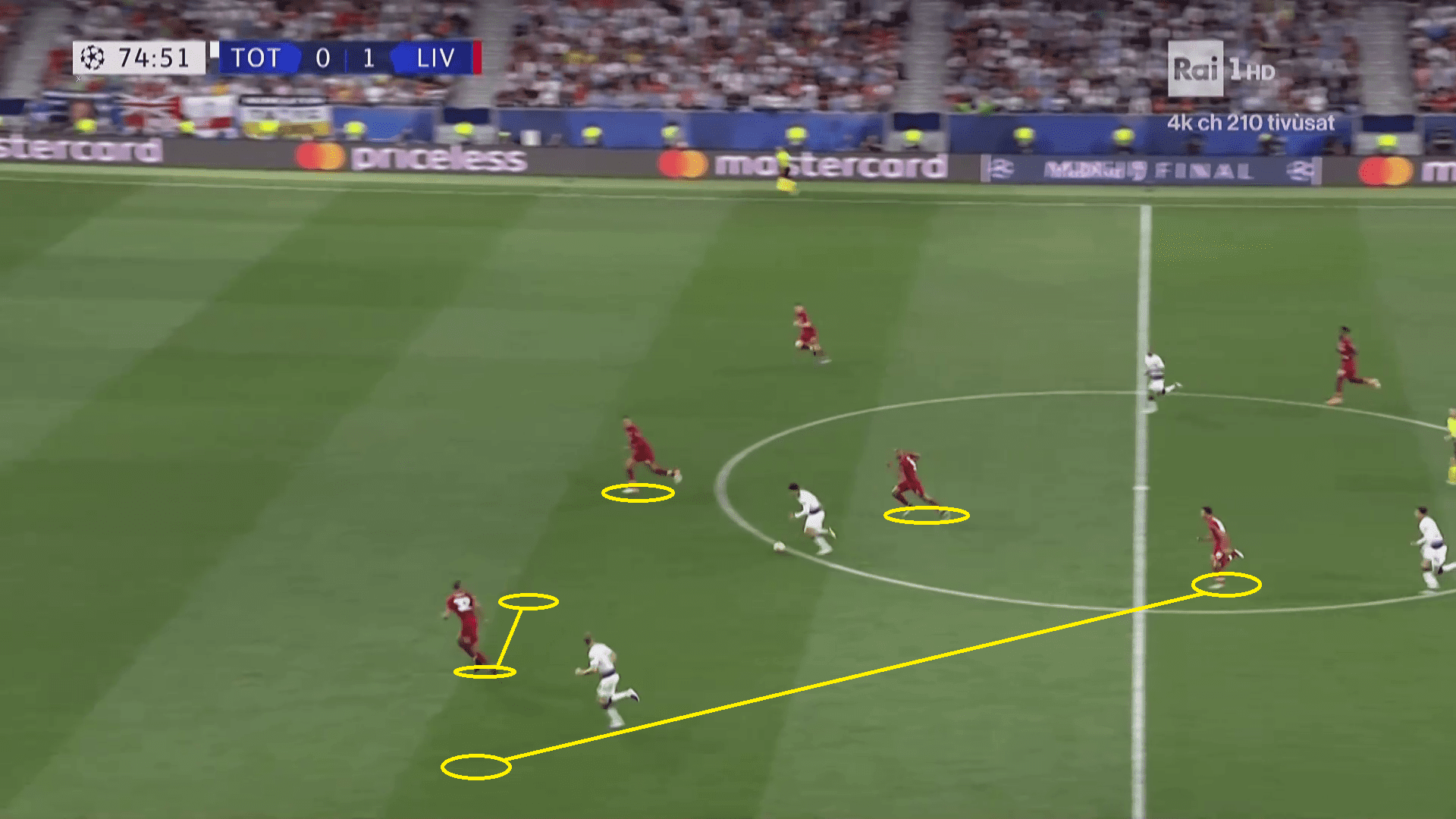
The real genius from Van Dijk came in a moment which created panic in the stands. As Son edged nearer to the Dutchman, the defender slowed his run. For a split second, it looked like Son was going to beat him for pace when Van Dijk was actually preventing the real threat of Son cutting to the right. That would immediately put the action in Van Dijk’s favour, allowing him to show Son wide rather than allowing him a free pass straight down the middle.
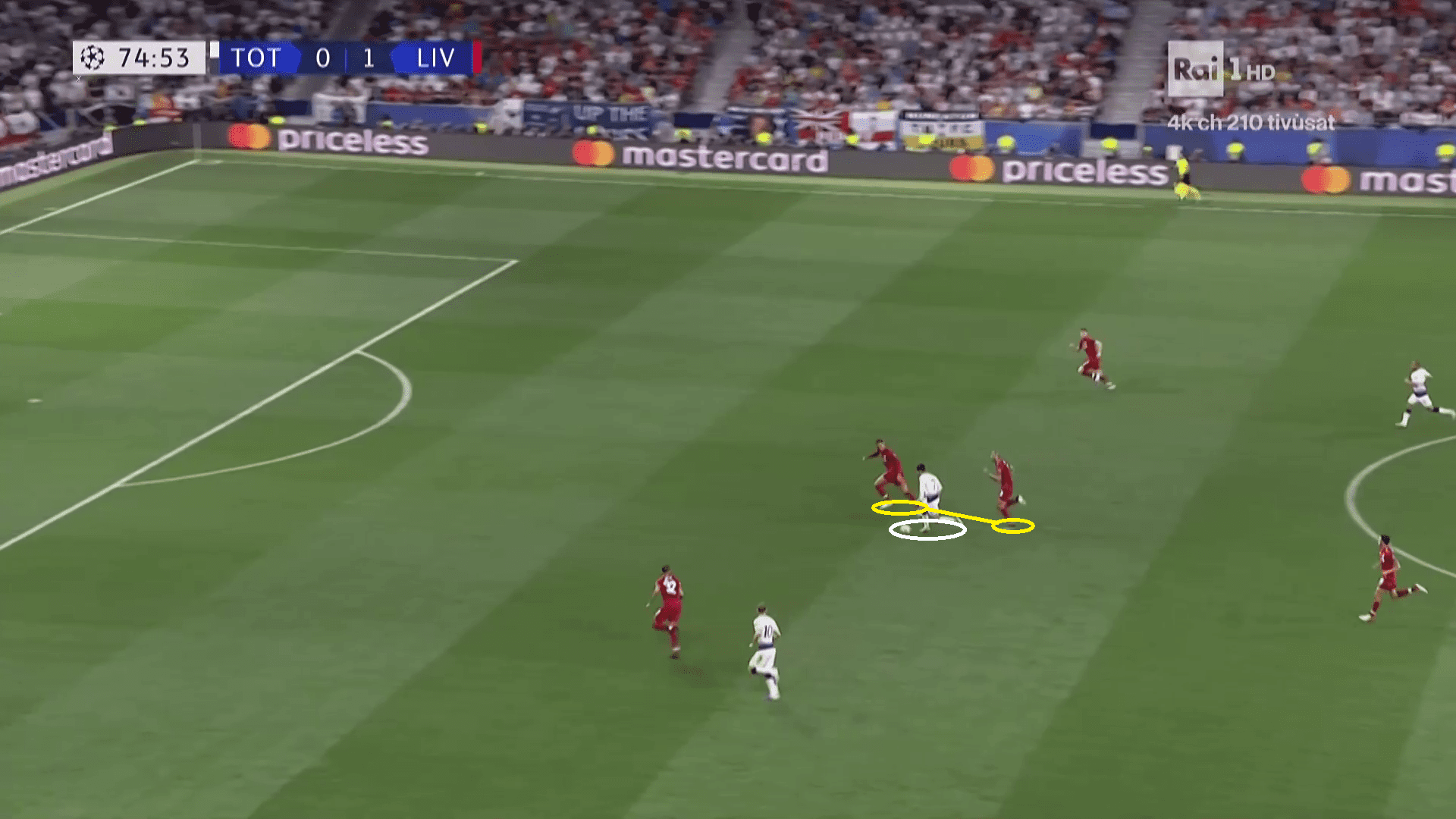
Having shown Son out towards the left, as he came into the box he knew that he would have to move back centrally otherwise he would be firing a tame effort at Alisson Becker’s near post. That meant that he would have to cross Van Dijk, who had kept pace, and stuck out a foot to coolly clear the ball for a corner quick and to put an end to Spurs’ biggest threat up to that point.
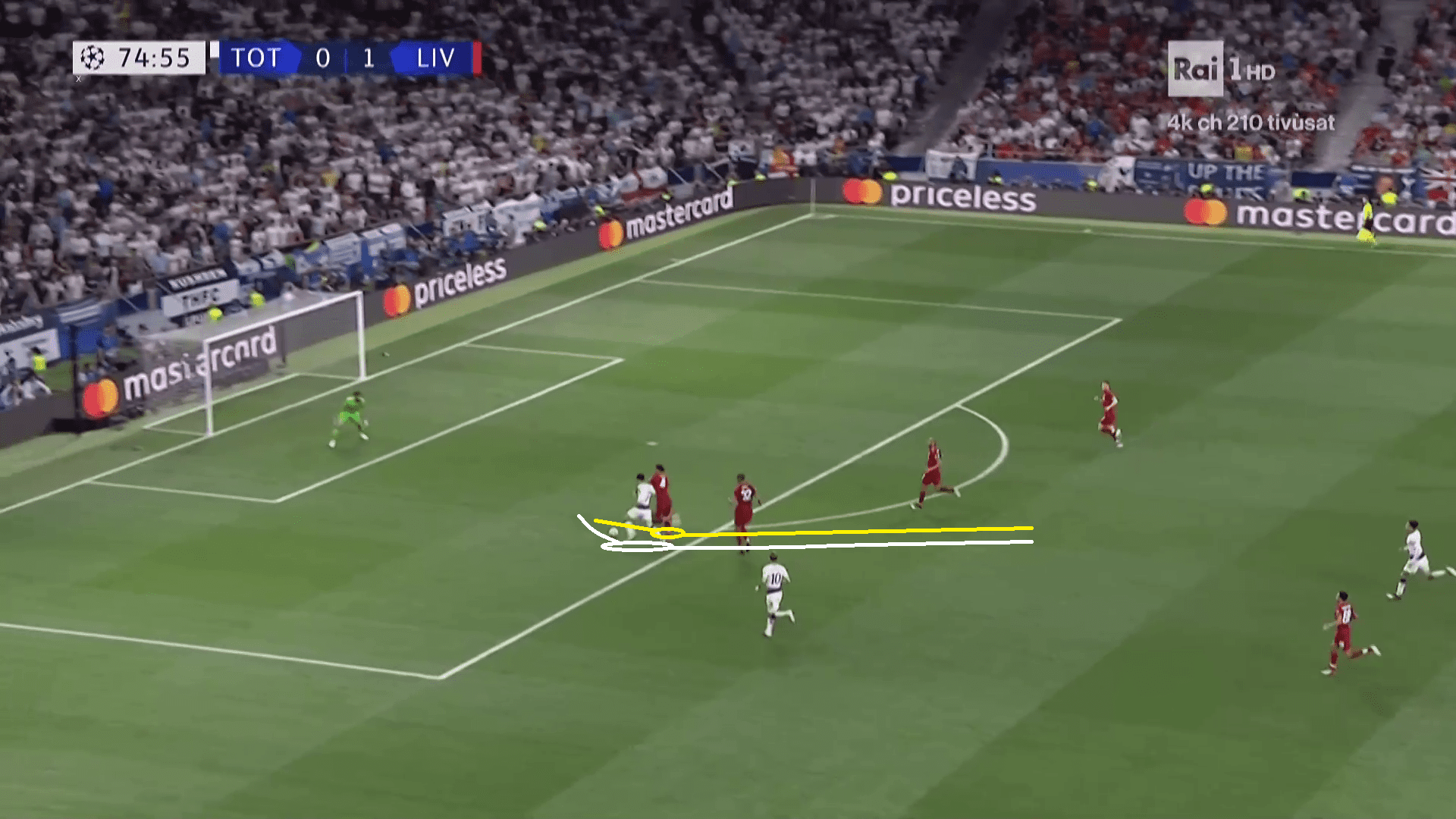
Van Dijk’s composure at the back was crucial to Liverpool’s game plan. Alongside Alisson, the team could avoid any nerves and fear of a repeat of last year’s disaster in Kiev. It allowed Klopp to encourage his team to sit deep and defend without fear for the consequences of doing so. It is a tactic which has been evident in a number of the Reds’ big games this season, but in few such cases has it been so prominent for such a substantial portion of the game as on Saturday evening.
Distribution
In truth, Van Dijk did not have his usual influence over play with the ball at his feet. The final was actually the game in which he produced fewest passes since facing Tottenham at Wembley in September. Unlike in other key European ties, where Van Dijk’s vision and long passing has been crucial, as was evident against Bayern Munich, the objective was different. Liverpool were instead not looking to be incisive and find a way through, allowing Van Dijk to play short and simple passes for the most part.
In fact, he produced just two passes into the final third and his conservative nature was actually key to success. When he did play long balls, he was once again on the same wavelength as Sadio Mané and looked to play a long ball over the top to exploit his pace up against Kieran Trippier. In this case, the England defender got there first after Mané hesitated as the ball bounced, but it immediately set Tottenham on the backfoot and won Liverpool an early corner.
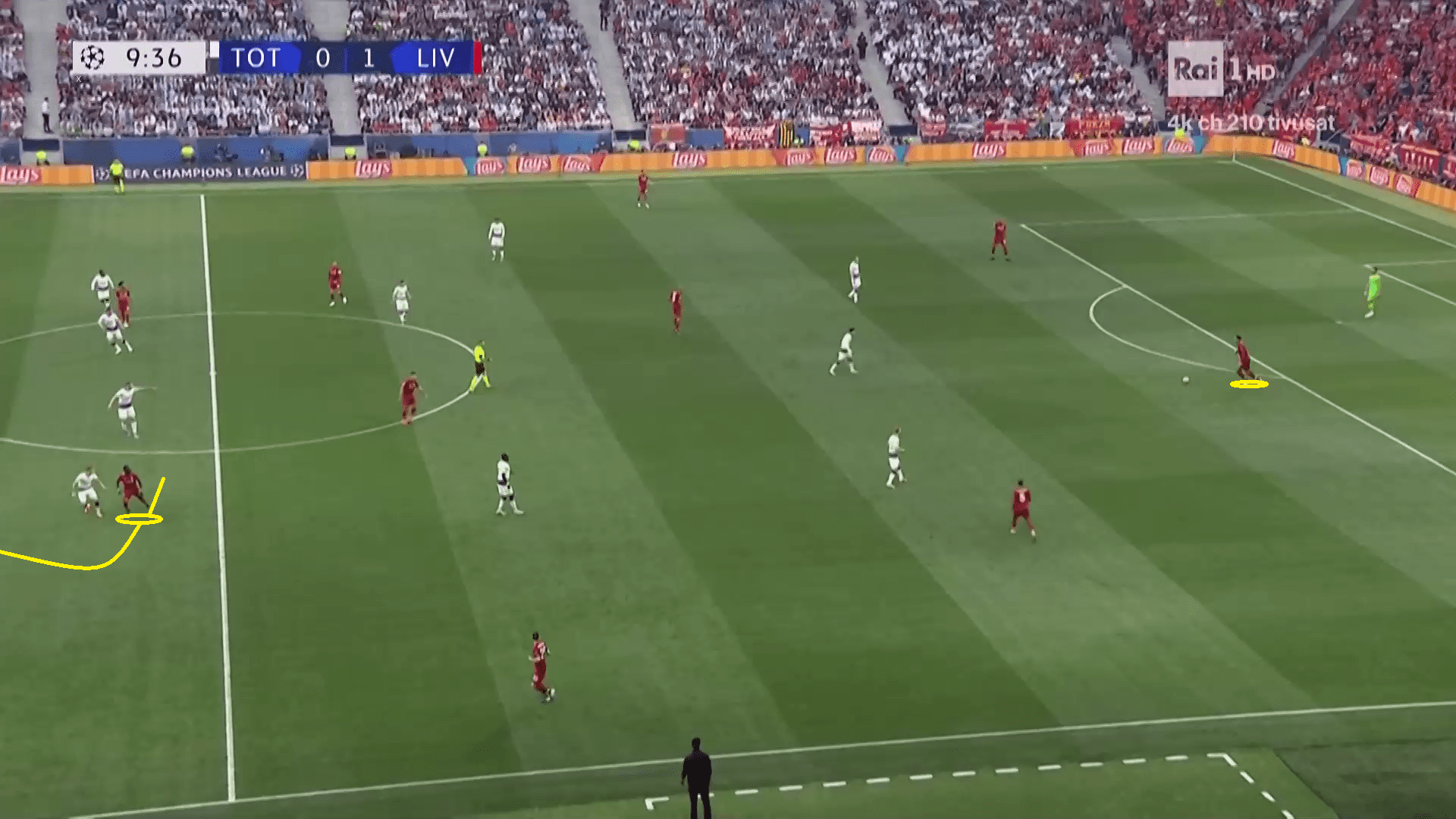
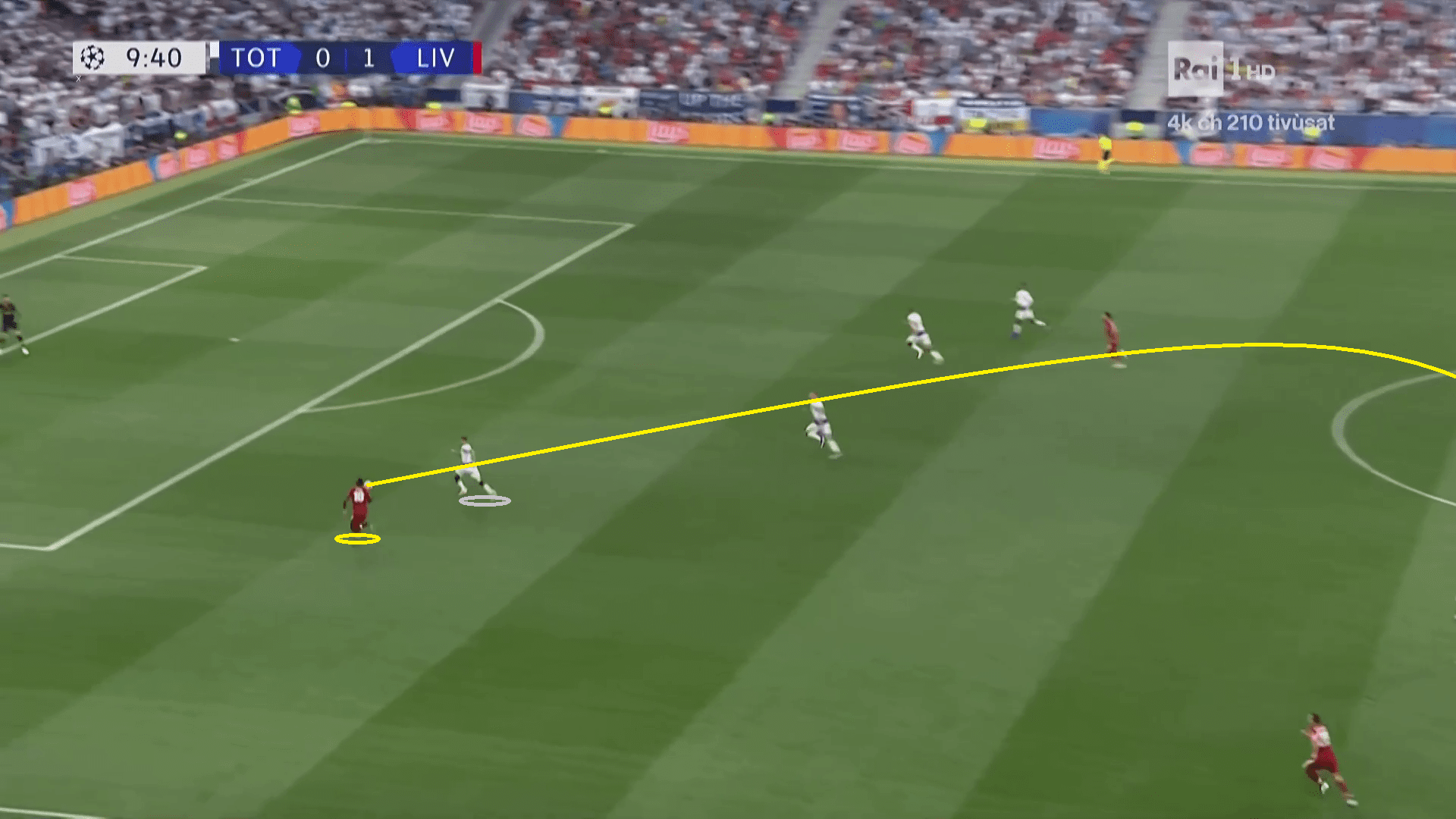
With Van Dijk being a key outlet his restraint and his reluctance to play the ball long was just as important. In the early stages, he would look to play longer passes but as Liverpool sat deeper, he began to play the ball with short passes, sideways and backwards rather than looking to disrupt the lines and find a way past Spurs’ backline. Rather than being unambitious or defensive, it was instead the way in which Van Dijk controlled and dictated the tempo of the game.
His distribution allowed Liverpool to slow the tempo and regain composure at their most nervy of moments. Rather than immediately looking to play a pass, Van Dijk repeatedly put his foot on the ball, would take a moment and then play the easy pass. It set the example for the likes of Trent Alexander-Arnold who looked more nervous early on, looking to get the ball and burst forward or play a pass almost immediately. By failing to catch the eye with his passing, Van Dijk led by example.
Fight
Not since facing Manchester City in the Champions League quarter-final in April 2018 has Van Dijk received fewer passes in 90 minutes than the 11 times he got the ball on Saturday night. That meant that the former Celtic man had to put in the hard work to impact play, and that was just what he did even in the closing stages as he won possession back to set up Divock Origi to score the goal which put the tie to bed.
As the ball was cleared by Tottenham and Van Dijk was already heading back to his position, he checked his run to challenge on the edge of the box and send it back towards Matip, claiming a second assist as the German set up Origi to fire the ball into the bottom corner of the net. By the time the ball hit the net, Van Dijk had already made it back to almost be at the halfway line.
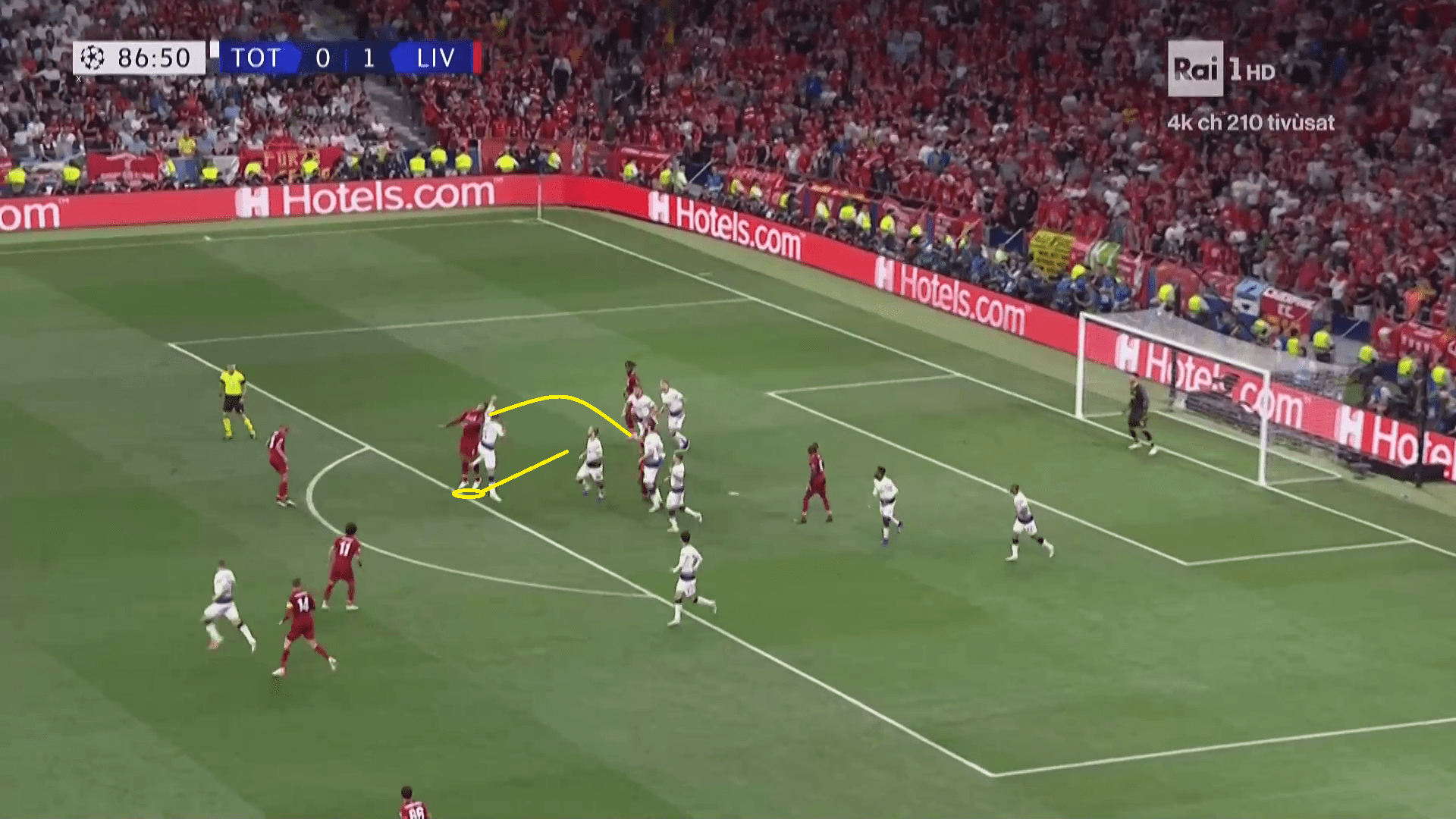
In the last 15 minutes alone, Van Dijk made a third of his duels, a third of his clearances and half of his aerial duels. At no point did he slow down or give up and he kept pressing on, contributing massively to seeing out the tie successfully. As one of the leaders in this side, Van Dijk proved why he has been held in such high regard since joining Liverpool.
Tactically, Van Dijk became the building block around which the defensive unit was built. Even in injury time, as Joe Gomez was introduced, Van Dijk became the pillar of a back five with Fabinho dropping in at times. It was the number four who co-ordinated and kept the composure of his team from the heart of defence as Tottenham went all out attack with nothing to lose.
Conclusion
This final was not one that will live long in the memory for entertainment, nor was it one which created a superstar, but it was about efficiency and grit. That is exactly what Van Dijk showed from start to finish. Alisson deserves his plaudits for his efforts too, but Van Dijk’s role in this defensive masterclass cannot be forgotten. From defence to attack, the defender dictated everything, controlling play, preventing counter-attacks and even winning the header which led to the second goal. He may be playing in the backline, but few games will highlight just how important a role Van Dijk has across the pitch in Klopp’s Liverpool team.
If you love tactical analysis, then you’ll love the digital magazines from totalfootballanalysis.com – a guaranteed 100+ pages of pure tactical analysis covering topics from the Premier League, Serie A, La Liga, Bundesliga and many, many more. Buy your copy of the March issue for just ₤4.99 here, or even better sign up for a ₤50 annual membership (12 monthly issues plus the annual review) right here.

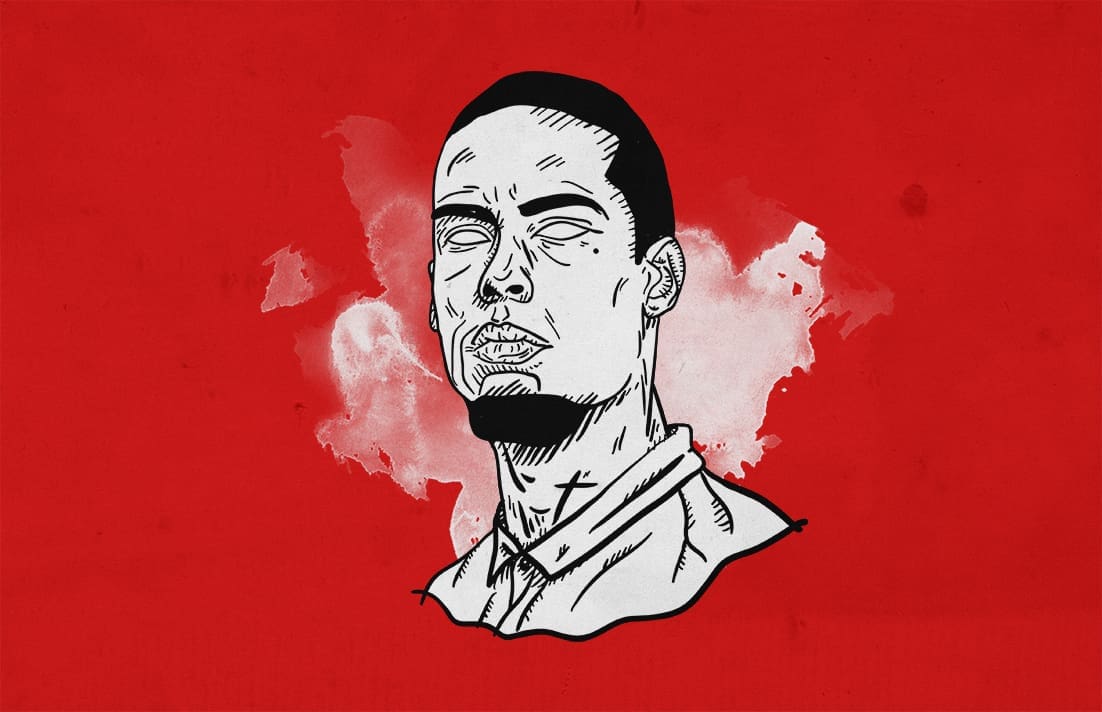



Comments